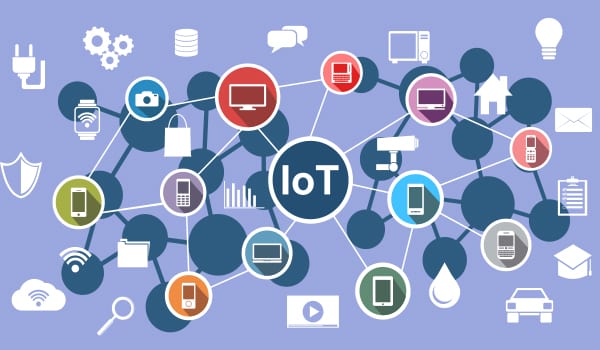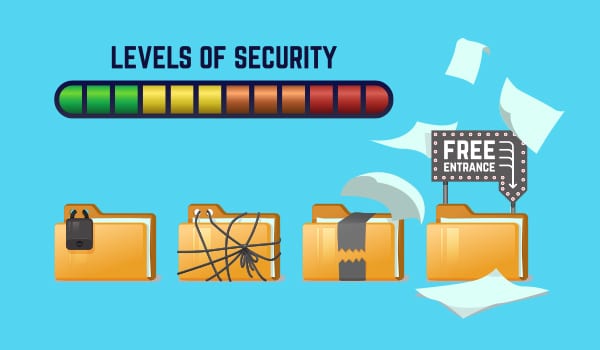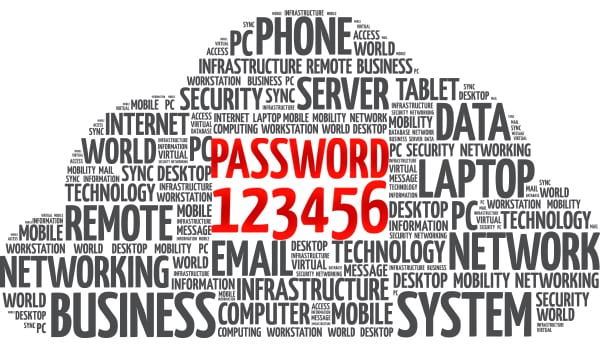
The Internet of Things is a system of mobile devices or household equipment
What is Internet of Things (IoT)?
The Internet of Things is a system of mobile devices or household equipment connected together by the Internet and is able to transfer and handle data and information in order to make command and take control over designated devices or equipment. As long as the devices (such as the commonly used smart phones or tablets, and recently, even vehicles, light bulbs and refrigerators) are equipped with Internet functions, they are part of the IoT.

Risks of using the IoT
With the advancement of technology, the IoT has been developing rapidly that a shedload of new IoT devices are emerging. An abundance of user data and huge cloud databases have naturally become targets for hackers to steal or attack. However, different kinds of newly emerging IoT devices do not have a well-known operating system and structure like computers, nor do they have mature security software or security devices for all IoT devices. Many IoT devices do not provide any security measures or protection advice when manufactured while some unnecessary functions (such as file transfer protocol and remote desktop protocol, etc.) have been enabled on the Internet.

In addition, users lack security awareness when using IoT devices, often ignore the importance of using a strong password just for convenience, and even use default passwords which gives chance to hackers. When hackers have got your username and password of your IoT device, and your device is connected to your other devices such as routers, personal computers, mobile phones, and even digital door locks, with high-risk network functions enabled, hackers can intrude into your IoT devices and take over them, and intrude and gain access to other devices. Hackers will then install malware into your devices. Apart from loss of privacy or even money, your devices may become a member of the “Botnet” and an accomplice in attacking other computers.

IoT Security

Many IoT devices have default passwords. Change the default password before using it. It is better to use a complex combination of passwords. If the device is equipped with two-factor authentication, e-certificate or biometric authentication, you should also consider using them

If some preset services are enabled on the device, such as FTP, TELNET, etc., turn these services off if not necessary

If the device has an activity log function, it is recommended to turn it on, and check the log from time to time to detect suspicious activities

Install antivirus software or cybersecurity software. Update software and virus definitions regularly. Install firewalls or system and network monitoring software or hardware devices if possible

Most IoT devices use mobile phone applications as remote interfaces. For remote usage, IoT transmissions should be encrypted
Reference:
You may be interested in
Fraudsters steal information through the Internet such as names Identity Theft Fraudsters steal information through the Internet such as names,…
refers to an attack in which. attacker monitors the communication between the sender and What is Man-in-the-middle Attack? A man-in-the-middle…
An APT is a common cyberattack which is meticulously planned against specific What is an APT attack? An APT is…
Hackers utilise multiple infected computer systems (i.e. Botnet) to generate huge volumes of traffic, overloading the What is Distributed Denial…
Ransomware is a malware that prevents or restricts users from accessing computer systems. Hackers will What is Ransomware? Ransomware is…
Phishing attack is a prevalent cybercrime which can take various forms. What is phishing attack? Phishing attack is a prevalent…


